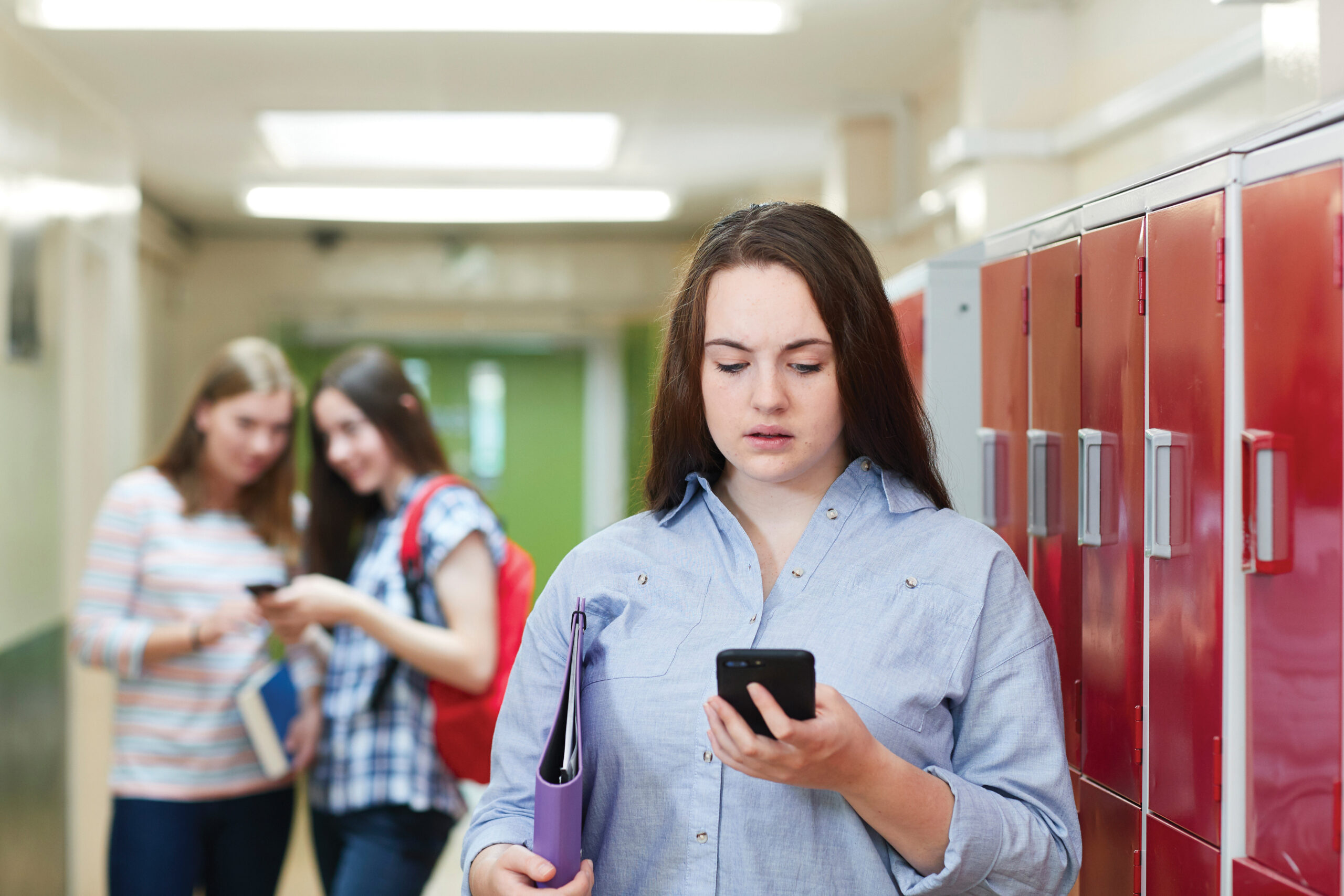
Navigating the Dangers of Social Media
Navigating the Dangers of Social Media
By AMBER IRVIN, CPS
In the modern digital landscape, social media has become an integral part of youth culture, shaping how young people interact, communicate, and perceive themselves and others. While social media offers numerous benefits, including connectivity and information sharing, it also poses significant dangers that can impact the well-being and development of adolescents. Understanding these risks is crucial for parents, educators, and policymakers in safeguarding the younger generation.
CYBERBULLYING AND HARASSMENT
One of the most alarming dangers associated with social media is cyberbullying. Unlike traditional forms of bullying, cyberbullying occurs online through various platforms such as Facebook, Instagram, Snapchat, and messaging apps. It involves sending hurtful messages, sharing embarrassing photos or videos, spreading rumors, and intentionally excluding others from online groups. The anonymity and ease of spreading content on social media can escalate cyberbullying incidents quickly and make it challenging for victims to escape the harassment.
Cyberbullying can have devastating effects on youth mental health, leading to anxiety, depression, low self-esteem, and in severe cases, suicidal thoughts or actions. The constant exposure to negative interactions and the feeling of being unable to escape the harassment can severely impact a young person’s emotional well-being and academic performance.
IMPACT ON MENTAL HEALTH
Beyond cyberbullying, the overall impact of social media on mental health is a growing concern. Studies have shown a correlation between excessive social media use and increased rates of anxiety and depression among adolescents. The curated nature of social media profiles, where individuals often present idealized versions of their lives, can contribute to feelings of inadequacy and poor self-image. Constant comparison with others’ seemingly perfect lives can create unrealistic expectations and amplify insecurities.
Moreover, the constant engagement with screens and the pressure to maintain a certain online image can disrupt sleep patterns, reduce physical activity, and hinder face-to-face social interactions—all of which are crucial for healthy development during adolescence. Studies have linked excessive use of media by preschoolers to a higher risk of obesity, shorter amounts of sleep, and cognitive, language and emotional delays. The American Academy of Pediatrics recommends no screens during meals and to shut them off at least one hour before bedtime.
PRIVACY AND ONLINE PREDATORS
Another significant danger of social media is the risk of privacy breaches and exposure to online predators. Young people often share personal information, photos, and locations without fully understanding the consequences. This information can be exploited by malicious individuals seeking to harm or exploit vulnerable youth. Online predators may disguise themselves as peers or individuals with shared interests to gain the trust of young users, leading to dangerous offline encounters or exploitation.
Parents and guardians play a critical role in educating their children about online privacy, the importance of setting boundaries, and recognizing signs of predatory behavior. Monitoring online activities and maintaining open communication can help mitigate these risks and ensure a safer online experience for youth.
ADDICTION AND DISTRACTION
The addictive nature of social media is another concern that impacts youth productivity and well-being. The constant notifications, likes, and comments trigger dopamine responses in the brain, reinforcing the behavior of checking social media frequently. This addiction can lead to decreased attention spans, reduced academic performance, and difficulties in maintaining healthy offline relationships.
Moreover, the pervasive nature of social media can create a constant distraction for students, interfering with their ability to focus on homework, study effectively, or engage in meaningful face-to-face interactions. Finding a balance between online and offline activities is essential for promoting overall well-being and academic success among young people.
ADDRESSING THE CHALLENGES
Addressing the dangers of social media requires a collaborative effort from parents, educators, policymakers, and social media platforms themselves. Implementing effective strategies and initiatives can help mitigate the risks and promote responsible digital citizenship:
1. Education and Awareness: Provide comprehensive education about online safety, cyberbullying prevention, and the impact of social media on mental health in school curricula and community programs.
2. Parental Involvement: Actively monitor children’s online activities, establish clear guidelines for social media use, and maintain open communication about potential risks and concerns.
3. Digital Literacy: Teach young people critical thinking skills to evaluate online content critically, recognize misinformation, and make informed decisions about sharing personal information.
4. Support and Counseling: Offer resources and support services within schools and communities for students experiencing cyberbullying, mental health issues, or addiction related to social media use. Reach out to school counselors for local resources.
5. Regulation and Policies: Advocate for policies and regulations that prioritize online safety, protect user privacy, and hold social media platforms accountable for addressing harmful content and practices.
While social media offers unprecedented opportunities for connection, creativity, and learning, its dangers cannot be ignored. By raising awareness, promoting digital literacy, fostering open communication, and implementing protective measures, parents can empower youth to navigate the digital landscape safely and responsibly. Ensuring that young people have the knowledge, support, and tools to use social media in a positive and constructive manner is essential for their well-being and future success in an increasingly interconnected world.
Check out these resources:
https://screenstrong.org/
https://www.waituntil8th.org/
